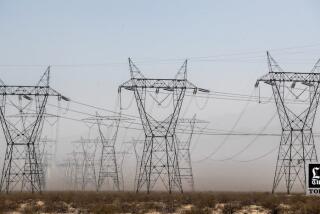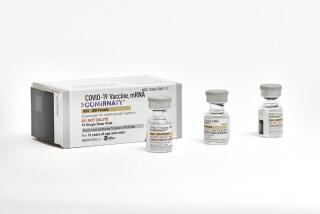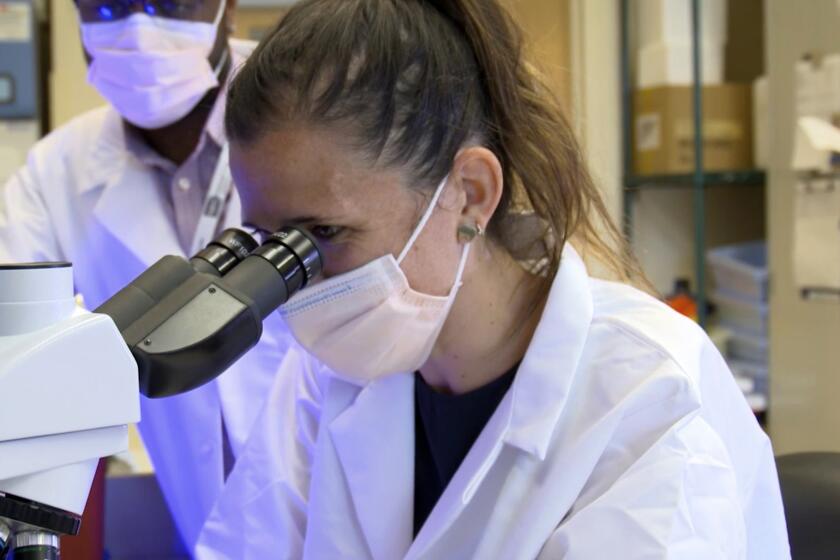The Wild West world of open-access journals

- Share via
A hoax science paper written to expose lazy or unscrupulous academic publishers was accepted for publication by a shocking 157 open-access science journals recently.
In a sting operation conducted by the journal Science, contributing correspondent John Bohannon uncovered a “Wild West” landscape among fee-seeking publishers -- a portion of which use false addresses, false names, overseas bank accounts and superficial “peer reviews” on a routine basis.
“From humble and idealistic beginnings a decade ago, open-access scientific journals have mushroomed into a global industry, driven by author publication fees rather than traditional subscriptions,” wrote Bohannon, a molecular biologist and science reporter.
“Most of the players are murky,” he wrote. “The identity and location of the journals’ editors, as well as the finacial workings of their publishers, are often purposefully obscured.”
Hoping to test the academic rigor of these journals, Bohannon concocted a false and fatally flawed study on a wonder cure for cancer. Variations of the paper, which were sent to 304 journals, contained experimental blunders that should have been detected during a proper review.
For instance, while the author of the fake paper argued that a specific molecule from a species of lichen inhibited the growth of certain cancer cells, the experiments lacked proper control groups. Also, the author described using excessive amounts of alcohol in experimental solutions -- amounts that would have poisoned the cells being studied.
Despite these and other problems, a whopping 157 journals accepted it; only 98 rejected it. (The remaining 49 did not get back to the author with a final answer.) The journals that did accept the error-riddled paper demanded fees of as much as several thousand dollars for publication.
Among the accepting journals was the American Journal of Polymer Science, which is owned by Scientific & Academic Publishing. The company, SAP, lists its address as being in Rosemead, Calif., but that address, the Science article points out, appears to be a mere intersection. There are no phone numbers listed for the publication or its officers.
Bohannon contacted a scientist who was listed as a reviewer for the SAP, and she said she had received just one paper, which was deeply flawed. “I thought it was a joke,” she said.
The reviewer said she asked to be taken off of the group’s masthead after that.
There were notable exceptions however.
“Some open-access journals that have been criticized for poor quality control provided the most rigorous peer review of all,” Bohannan wrote. For example, the flagship journal of the Public Library of Science, PLOS ONE, was the only journal that called attention to the paper’s potential ethical problems ... .”
ALSO:
Tiny sea creature devours whole whale skeleton
Why 10,000 walruses crammed onto this barrier island
Ocean volcano may be largest on Earth, biggest in solar system







